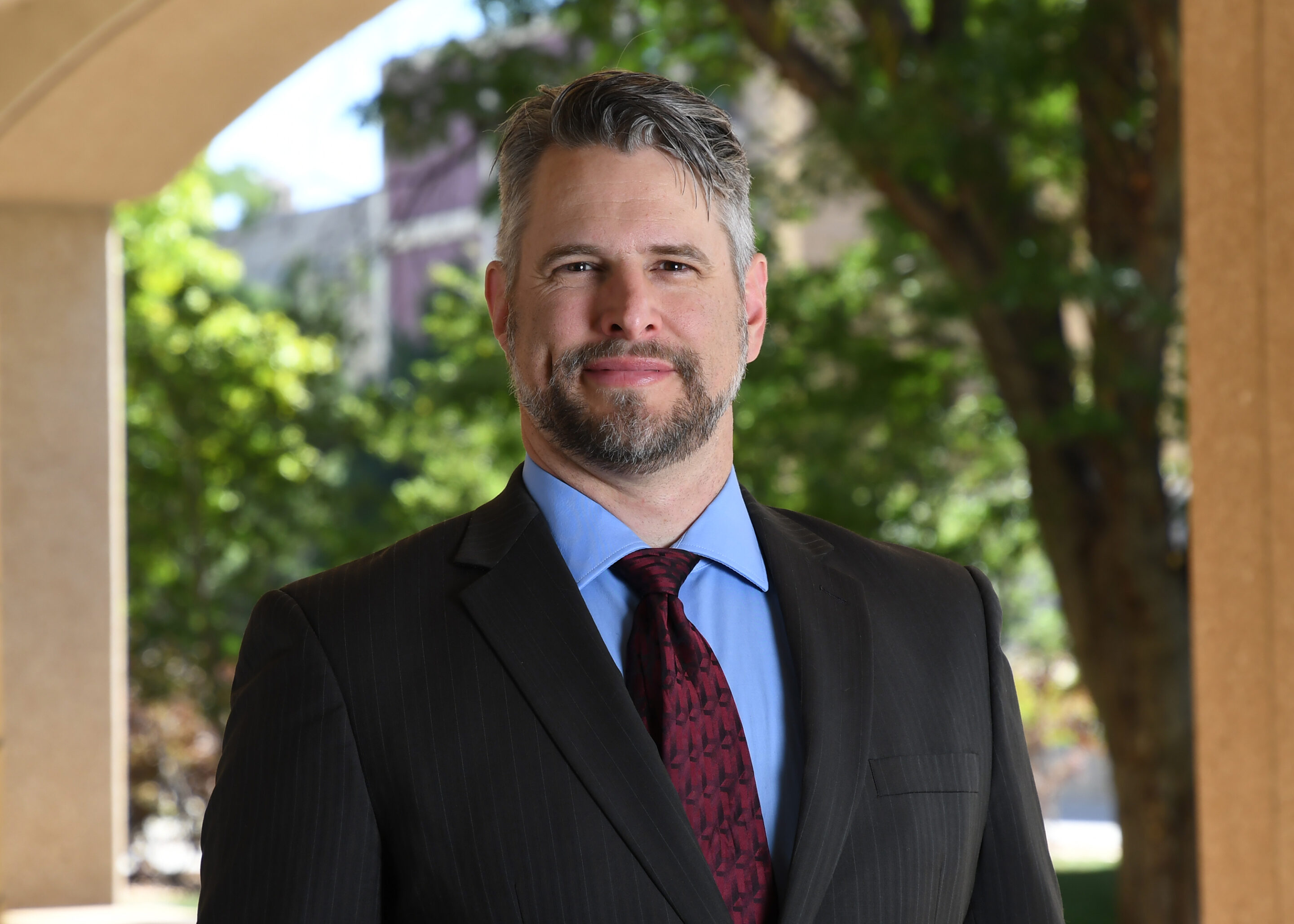Richard C. Gilmore
Scientific Visualization Engineer
Mechanical Engineer, Information and Technology Solutions, Cyberinfrastructure and Advanced Research Computing (ciarc.mines.edu)
Dr. Gilmore works on projected related to underground coal mine safety involving ignition events and prevention. Recent completed projects include: Large-scale Gas Explosion Test Facility (GETF) at the Edgar Experimental Mine, one panel of a longwall mine built to 1-in-40 scale ventilation apparatus, full-scale testing of rock dust dispersibility of four different rock dust types, Computational Fluid Dynamics (CFD) modeling of scaled underground coal longwall ventilation layouts and explosion safety, and full-scale CFD model of 10,000 foot longwall panel and an adjacent mined-out panel. Receiving a PhD, MS, and BS in Mechanical Engineering from Colorado School of Mines in 2015, 2013, and 2011, respectively, I specializes in CFD modeling, thermal fluids, coal mine methane explosion safety, High Performance Computing (HPC), data acquisition systems and data processing.
See tutorials in the upper right menu for information regarding HPC and CFD.
Education
- Bachelor of Science in Engineering
Mechanical Specialty, Colorado School of Mines, 2011 - Master of Science in Mechanical Engineering
Focus on Fluids and Thermal Sciences, Colorado School of Mines, 2013 - Doctor of Philosophy in Mechanical Engineering
Dissertation Title: Computational Fluid Dynamics Modeling of Underground Coal Longwall Gob Ventilation System using a Developed Meshing Approach http://search.proquest.com/docview/1727469797
Colorado School of Mines, 2015
Selection of Publications
Gilmore, R. C., Brune, J. F., Johnson, R., and Schreiner, M.
Methane-air Mixture Air-blast Approximated Using Detonating Cord in Rock Dust Dispersibility Studies
45th Annual Conference on Explosives and Blasting Technique, International Society of Explosives Engineers (ISEE), Nashville, TN
ABSTRACT: Explosive pockets of methane-air mixtures accumulate in underground coal mines and, when ignited, produce an air-blast wave that can disturb combustible coal dust on the floor, roof, and ribs. To prevent explosions, the coal dust must be continuously diluted through application of inert rock dust, usually powdered limestone. Application of powdered dust process creates a respiratory nuisance downwind, where miners cannot work until the dust settles. Rock dust suppliers have developed wet and foam applied products to reduce the nuisance and limit the interruption to mining during dust application. To test the effectiveness of these alternative dust products, researchers at the Colorado School of Mines (Mines) have constructed a full-scale explosion test drift located at the Mines Edgar Experimental Mine (Edgar) to study the dispersibility of different rock dust applications. This paper examines the use of Pentaerythritol tetranitrate (PETN) detonating cord to produce controlled air-blasts that simulate methane-air explosions. The air blasts are generated with curtains of detonating cord that produce shockwaves with wind speeds between 30 to 70 m/s (100 to 225 fps) depending on the length of 5.3 g/m (25 grain/ft) detonating cord used. These velocities represent the minimum air speeds required to trigger propagating coal dust explosions. Researchers have conducted 40 test blasts with various lengths of detonating cord. Results show the two primary waves and two reflected waves each decaying into air- blast waves with overpressures of 14 to 27 kPa (2 to 4 psi). Pressures were recorded with commercial piezoelectric transducers and custom-built, bi-directional probes to record the total and dynamic pressures of the wind generated in the explosion. Researchers were able to generate consistent and repeatable wind speeds and air-blast durations sufficiently similar to a methane-air explosion to study the dispersibility of various rock dust products and application methods.
Gilmore, R. C., and Brune, J. F.
Coal Mine Rock Dust Dispersibility Tests after Absorbing Moisture
17th North America Mine Ventilation Symposium, Montreal, Canada
ABSTRACT: Pulverized limestone rock dust used in United States underground coal mines to prevent and suppress coal dust explosions must easily disperse by forces of a methane or coal dust explosion. Moisture in the mine environment causes caking of the dust. Colorado School of Mines researchers performed dispersibility tests in a full-size explosion test drift. Tests included conventional, hydrophobized, and rock dust approved for German mines. Conventional and German standard rock dust products partially agglomerate, which may not be effective in suppressing a coal dust explosion, while hydrophobic rock dust retains better dispersibility.
Gilmore, R. C., McMack, J, DeRosa, C, Bogin, G. E., Jr., and Brune, J. F.
Design and Construction of a 1/40th Scale Longwall Mine Model for Physical Testing of Methane Explosions
17th North America Mine Ventilation Symposium, Montreal, Canada
ABSTRACT: Researchers at the Colorado School of Mines are designing and building a 1:40 scaled physical model of a fully operational longwall coal mine. The purpose of the model is to minimize the occurrence of methane explosion hazards by testing various ventilation strategies and determining optimal methane sensor placement throughout the longwall face. Fluid scaling factors were analyzed using Computational Fluid Dynamics software Ansys FLUENT™ at both full and 1/40th scales. Researchers were able to identify key scaling factors and subsequently developed suitable flow parameters that would maintain full-scale accuracy of flow patterns in the 1/40th model.

Contact
114 Center for Technology and Learning Media (CTLM)
1650 Arapahoe Street
Colorado School of Mines
Golden, CO 80401
(o) 303-273-3874
rgilmore (at) mines.edu
Research Pages
Setting up Fire Dynamics Simulator (FDS) on Mio
Setting up Compiling for UDFs ANSYS Fluent on Windows 7